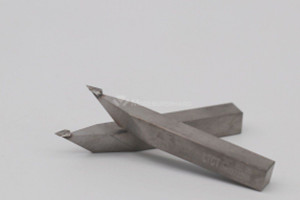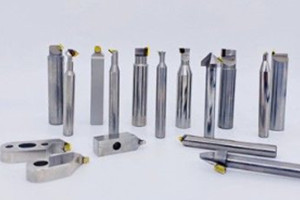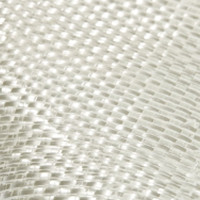
Advantages of diamond tools
Diamond tools have the advantages of extremely high hardness and wear resistance, low friction coefficient, high elastic modulus, high thermal conductivity, low thermal expansion coefficient, and low affinity with non-ferrous metals.

Materials that can be machined by diamond tools
Diamond tools can be used for precision machining of non-metallic hard and brittle materials such as graphite, high wear-resistant materials, composite materials, high silicon aluminum alloys and other tough non-ferrous metal materials. There are many types of diamond tools with significant differences in performance. Different types of diamond tools have great differences in structure, preparation methods and application fields.
Types of tools that can be made from synthetic diamond
At present, single crystal diamond, PCD, and CVD diamond have been successfully used as materials for cutting parts such as turning tools, boring tools, drills, reamers, milling tools, forming tools and gear cutting tools. The variety of diamond materials must be selected according to the properties and processing requirements of the processed materials. In addition to meeting the technical requirements, it should also meet the requirements of economic and environmental performance.


Materials that can be machined with PCD tools
Diamond is the hardest known substance in the world, and its actual use has proved that it is the best tool material for machining aluminum matrix composites. Using PCD diamond to process aluminum matrix composite materials, the cutting speed can reach 800~1000m/min, the tool life can be several times or even dozens of times higher than that of cemented carbide, and the surface roughness value can reach Ra0.025~0.012μm.



When machining carbon fiber and glass fiber reinforced plastics (FRP) with PCD tools, the chips are powdery, the cutting temperature is low, and the cutting length is 10 times than K-type carbide tools, and the wear is less than 1/3 than carbide tools. PCD tools are also suitable for processing pre-fired cemented carbide and wear-resistant non-metallic materials, such as ceramics, rubber, graphite, glass and various wear-resistant woods, etc.
The wide application of PCD materials in the field of machining
PCD is the most commonly used diamond material in production. It is not only suitable for general machining, but also widely used in automobiles, motorcycles, high-speed trains, petroleum, chemical, construction, wood processing, aerospace and other industrial sectors.




In the field of automobiles and motorcycles, PCD is suitable for processing wear-resistant parts such as skirts, pin holes, cylinder blocks, gearboxes, and carburetors of engine aluminum alloy pistons. Most of these parts are aluminum matrix composite materials with high silicon content (Si>12%), and the hard particles with high hardness (such as SiC hardness as high as 3000~3500HV) are distributed in the aluminum alloy matrix, just like a grinding wheel The abrasive particles in the tool will also scrape and impact the cutting edge of the tool, which will cause the cutting edge to wear quickly. The higher the hardness of the hard particles, the larger the particle size and the greater the number of particles, the faster the tool wear. As a result, machining with conventional carbide tools is difficult and the tool life is low or not usable at all.

It’s very important to choose proper pcd tools.
The performance of a PCD tool depends primarily on its application and the machining process involved, but the selection of the appropriate grade and particle size also affects it. Different varieties of PCD inserts have great differences in cutting performance due to their different components, so care must be taken when selecting them. At present, PCD inserts do not have a unified international classification like cemented carbide. Each manufacturer has their own varieties and grades. When using, they must refer to the manufacturer's samples to select. The PCD inserts produced by DeBeers are 002, 010 and 025, and the average grain size is 2 μm (fine grain), 10 μm (medium grain) and 25 μm (coarse grain)
The coarser the grain size, the better the grinding force and the longer the tool life, but the rough cutting edge and the poor quality of the cutting edge make it difficult to make a high-precision tool; the medium grain size is generally used as a general grade for machining; The blunt radius of the cutting edge is small, and it is easy to process a good surface quality. Therefore, at present, the grains of polycrystalline are continuously refined, and there are already fine grains of 1 μm or even less than 0.5 μm. It is necessary to select grains of different sizes according to the requirements of different processes such as roughing and finishing.
High-performance diamond composite cutters (PDC) for stone cutting saw blades. Learn key structural features, performance requirements, and selection guidelines for granite, marble, and quarry cutting applications.
Comparison of ns, ps, and fs lasers for PCD, carbide, and ceramic machining, and how Moresuperhard’s 5-axis laser PCD grinding machine delivers high-precision cold laser processing.
Add: Zhongyuan Rd, Zhongyuan District, Zhengzhou, 450001, Henan, China
Tel: +86 17700605088